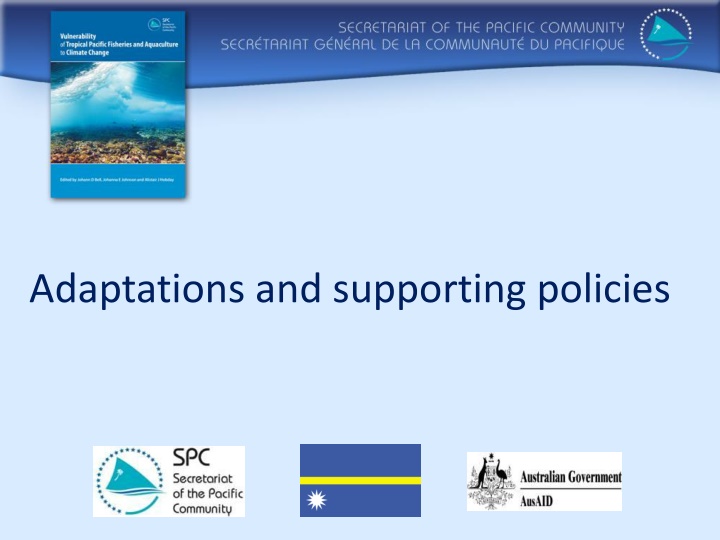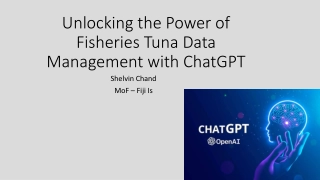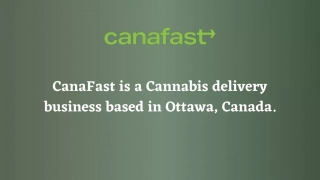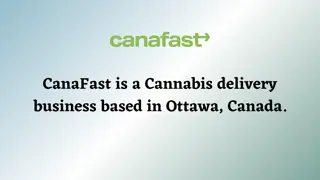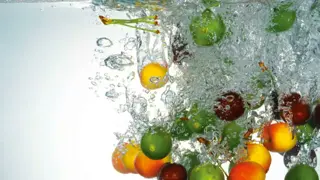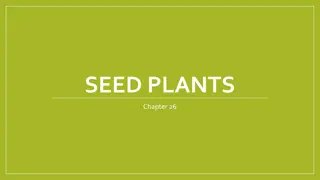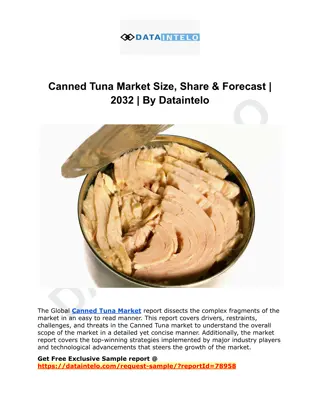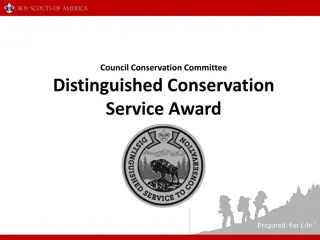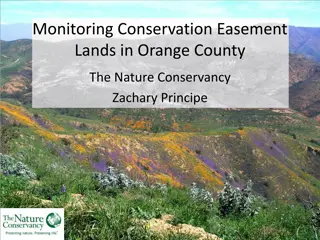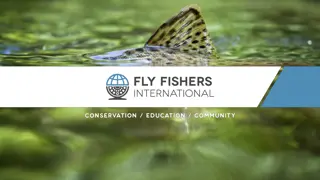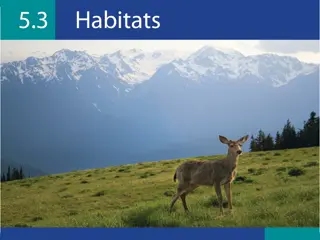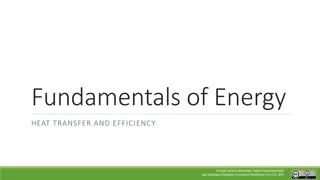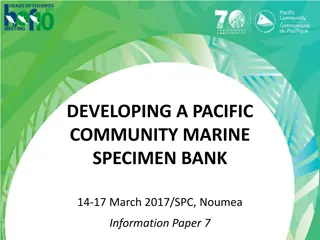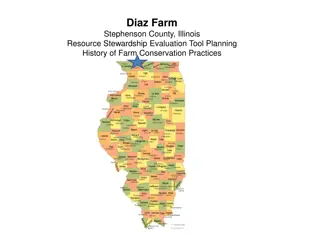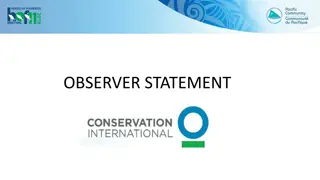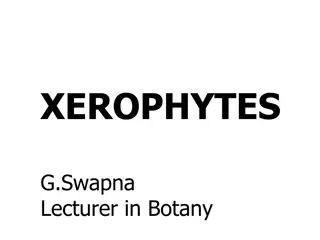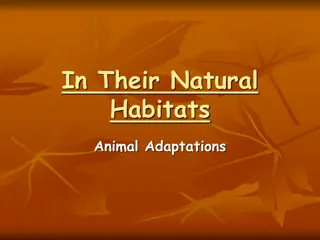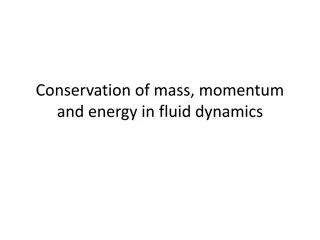Practical Adaptations and Supporting Policies for Tuna Conservation
This collection of images showcases practical adaptations and supporting policies needed for tuna conservation. The images outline frameworks for win-win adaptations, long-term gains, and addressing present challenges. Various strategies, such as the Vessel Days Scheme and immediate conservation measures, are highlighted. Additionally, the importance of strengthening national capacity to implement these policies is emphasized.
Download Presentation

Please find below an Image/Link to download the presentation.
The content on the website is provided AS IS for your information and personal use only. It may not be sold, licensed, or shared on other websites without obtaining consent from the author.If you encounter any issues during the download, it is possible that the publisher has removed the file from their server.
You are allowed to download the files provided on this website for personal or commercial use, subject to the condition that they are used lawfully. All files are the property of their respective owners.
The content on the website is provided AS IS for your information and personal use only. It may not be sold, licensed, or shared on other websites without obtaining consent from the author.
E N D
Presentation Transcript
Outline Framework for adaptations Win-win adaptations Supporting policies
Adaptation decision framework Addresses climate change Long-term Loss Long-term Gain Addresses present drivers Near-term Loss Lose-Lose Lose-Win X X Win-Lose Near-term Gain Win-Win x X X After Grafton (2010)
Adaptations and policies Practical adaptations and policies are needed to: Harness the opportunities expected from greater abundances of tuna Replace the fish lost from degraded coral reefs Capitalise on the improved conditions for pond aquaculture
Adaptations for tuna L-L L-W Vessel Days Scheme to manage effort of industrial tuna fleets W-L W-W Cap and trade provisions of VDS enable all PNA members to receive some benefits during ENSO events, regardless of where tuna are concentrated La Ni a Ask El Ni o Source of map: Lehodey et al. (1977)
Adaptations for tuna L-L L-W Vessel Days Scheme to manage effort of industrial tuna fleets W-L W-W Allocation of vessel days is adjusted regularly 2050 Ask S 2100 Source: Bell et al. (2011) and Lehodey et al. (2011)
Adaptations for tuna L-L L-W Immediate conservation measures for tuna W-L W-W Stopping overfishing of bigeye tuna, and preventing overfishing of other tuna, will: maintain stocks at healthy levels make these valuable species more resilient to climate change Bigeye tuna
Other adaptations for tuna Improve safety at sea for vessels fishing in the cyclone belt Climate-proof infrastructure to prevent inundation by rising sea levels
Suggested supporting policies Strengthen national capacity to implement the VDS Include implications of climate change in management objectives of WCPFC Develop further measures to reduce capture of bigeye tuna by purse-seine Require tuna vessels to provide operational-level catch and effort data to improve tuna models
Adaptations for food security Minimise the gap to be filled! Poorly-managed fisheries a) Fish needed by growing population Quantity of fish/habitat Fish habitat Fish available from coastal stocks stocks Fish available from Gap in supply of fish to be filled Time Well-managed fisheries b) Fish needed by growing population Quantity of fish/habitat Fish habitat Fish available from stocks Fish available from coastal stocks Time
Adaptations for food security L-L L-W Sustain production of fish stocks W-L W-W Maintaining spawning adults will help ensure replenishment and build resilience of key species
Adaptations for food security Reduce and diversify catches of demersal fish L-L L-W W-L W-W Greater focus on herbivorous fish
Adaptations for food security L-L L-W Increase access to tuna with anchored inshore Fish Aggregating Devices (FADs) W-L W-W
Adaptations for food security L-L L-W Improve post-harvest methods W-L W-W Photo: Jocelyn Carlin
Adaptations for food security L-L L-W Develop pond aquaculture for milkfish and Nile tilapia W-L W-W
Adaptations for food security L-L L-W Increase supply of tuna to Nauru from industrial fleet for food security W-L W-W Year Population 2010 10,000 2035 14,000 2050 16,000 2100 21,000
Adaptations for livelihoods L-L L-W Provide attractive services to fleets (wharf facilities, re-fuelling, provisioning) W-L W-W
Suggested supporting policies Strengthen governance of agriculture and mining practices to prevent soil loss and pollution, to safeguard fish habitats and water quality Apply primary fisheries management to coastal stocks to maintain their potential for replenishment Increase access to tuna for the food security Promote pond aquaculture
Key investments Surveys of best sites for installing inshore FADs Programmes to install and maintain FADs Identify prime locations for pond aquaculture Hatcheries and networks to deliver juveniles Evaluate merits of micro-credit schemes to develop fisheries around FADs; expand pond aquaculture; and scale-up post-harvest processing
Conclusions Win-win adaptations are available to reduce risks and capitalise on opportunities Supporting policies are required Integrate adaptations and policies into national strategies and action plans for climate change
